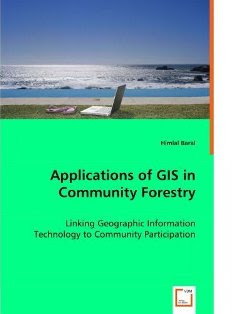Since 2012 the local government together with local communities in Western Samoa have carried out a total of 19 participatory 3D modelling (P3DM) exercises in the context of agroforestry management, water management and tourism development.
A participatory research was conducted between February and April 2016 to explore the effectiveness and potential of P3DM in the region. The study was done by Barbara Dovarch, PhD candidate at the Department of Architecture Design and Urban Planning, University of Sassari, Italy, sociologist and independent researcher, in partnership with the Technical Centre for Agricultural and Rural Cooperation (CTA) and Samoa’s Ministry of Natural Resources and Environment (MNRE).
This participatory impact evaluation involved diverse members of local communities and MNRE technical staff. It focused particularly on the capacity of P3DM to generate deep-seated and long-lasting behavioural changes.
The results of the study demonstrates that P3DM contributes to natural resource management and climate change resilience and showed the transformative power of the process at various levels, such as community, NGO and governmental level.
Through the P3DM process, meaningful interactions between government representatives and community members resulted in greater collaboration and mutual learning. While government representatives have changed the way they approach local communities – from ‘teaching’ to ‘listening’ – communities have also changed their attitude towards land management and development.
Download the full report via: http://bit.ly/p3dm-ws
A participatory research was conducted between February and April 2016 to explore the effectiveness and potential of P3DM in the region. The study was done by Barbara Dovarch, PhD candidate at the Department of Architecture Design and Urban Planning, University of Sassari, Italy, sociologist and independent researcher, in partnership with the Technical Centre for Agricultural and Rural Cooperation (CTA) and Samoa’s Ministry of Natural Resources and Environment (MNRE).
This participatory impact evaluation involved diverse members of local communities and MNRE technical staff. It focused particularly on the capacity of P3DM to generate deep-seated and long-lasting behavioural changes.
The results of the study demonstrates that P3DM contributes to natural resource management and climate change resilience and showed the transformative power of the process at various levels, such as community, NGO and governmental level.
Through the P3DM process, meaningful interactions between government representatives and community members resulted in greater collaboration and mutual learning. While government representatives have changed the way they approach local communities – from ‘teaching’ to ‘listening’ – communities have also changed their attitude towards land management and development.
Download the full report via: http://bit.ly/p3dm-ws



